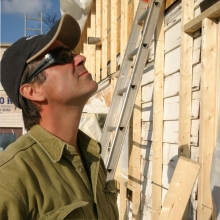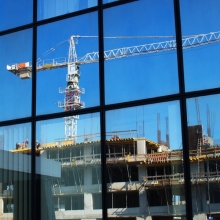Green building practices have come on the scene so fast that many implications – and unintended consequences – are just now coming to light. How can you protect yourself, legally speaking, in these new situations?
Environmentally conscious building practices are typically associated with positive outcomes, such as improved energy efficiency, reduced material waste, financial savings as a result of tax incentives, and improved builder reputation. In addition to these benefits, research indicates that certified green buildings cost less to operate; command higher occupancy rates; contribute to a healthier, safer environment; and can possibly enhance employee recruitment and productivity.











